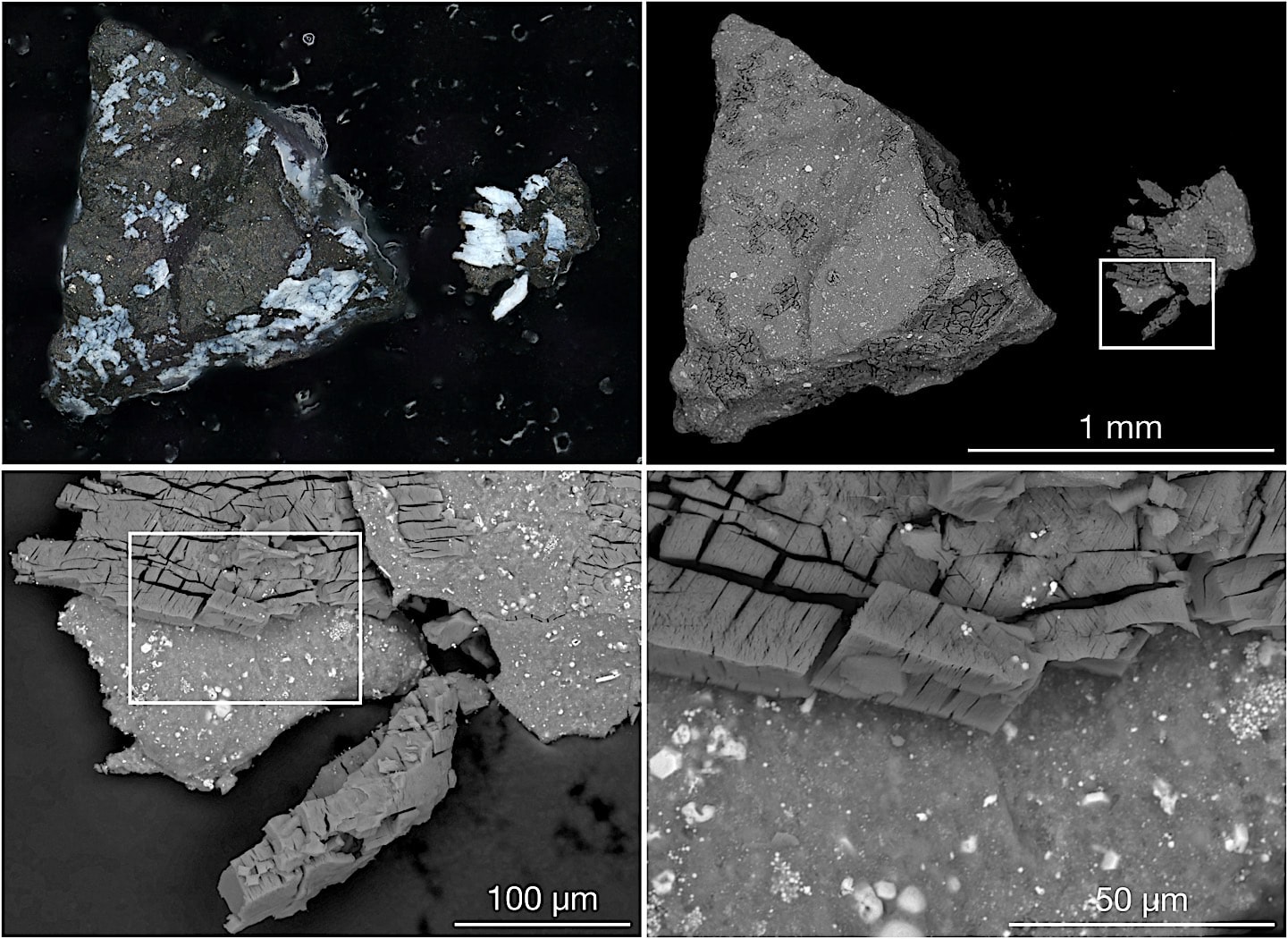Unlike many existential threats that humanity faces, a colossal asteroid hurtling towards Earth presents a terrifying prospect a cosmic doomsday event beyond our immediate control. While human ingenuity can often devise solutions to challenges, a powerful enough asteroid impact could reshape the planet and potentially extinguish life as we know it.
However, this doesn’t mean we’re sitting idly by. Scientists and space agencies worldwide are actively engaged in planetary defense efforts. This proactive approach is driven by the sobering reality of over 20,000 near-Earth objects constantly monitored by astronomers.
The potential for a catastrophic impact underscores the importance of these endeavors. International exercises are conducted regularly, simulating potential asteroid collisions and brainstorming methods to deflect these celestial threats.
These exercises highlight the global commitment to safeguarding our planet from a potential cosmic disaster. Planetary defense isn’t just about Hollywood blockbusters. In 2021, the 7th IAA Planetary Defense Conference painted a chillingly realistic picture: a massive asteroid on a collision course with Europe.
The scenario presented a dire situation – humanity only had six months’ warning before impact. Faced with such limited time, the exercise shifted from deflecting the asteroid to a desperate scramble to evacuate the predicted impact zone in Germany, the Czech Republic, and Austria.

This highlighted a crucial question: how much warning do we truly need? Fourteen years might seem like a lifetime, but could it be enough time for us to develop a more proactive approach to deflecting these celestial threats? Planetary defense has become a growing area of scientific focus, as researchers grapple with the very real possibility of an asteroid impact.
A recent report sheds light on a NASA-led exercise designed to test our preparedness for such a scenario. Conducted by the Center for Near Earth Object Studies, the simulation involved a sizeable asteroid on a collision course with Earth.
The odds were far from comforting – a concerning 72% chance of impact within a mere 14 years. Furthermore, the potential strike zones painted a grim picture, encompassing densely populated areas across North America, Southern Europe, and North Africa.
This exercise served as a wake-up call, exposing the immense challenges humanity would face in deflecting or mitigating a large asteroid impact. One particularly worrisome aspect was the asteroid’s trajectory. Its path brought it close to the Sun at intervals, effectively blinding our tracking instruments for months at a time.
An international team of scientists faced a sobering thought experiment: a giant asteroid on a collision course with Earth. To combat this hypothetical threat, they brainstormed potential solutions.
One option involved sending a robotic scout to get a closer look at the asteroid, analyzing its size, composition, and trajectory. Another strategy mirrored the recent DART mission, aiming to nudge the space rock off course and avoid a catastrophic impact.
However, a crucial detail emerged: even with fourteen years of warning, implementing any solution would necessitate years of preparation. This throws into question humanity’s ability to mount a complete defense against such a global threat.
On a brighter note, the immediate risk of a large asteroid colliding with Earth appears to be low. NEOWISE has been instrumental in identifying these celestial dangers, but its impending demise leaves a gap in the cosmic watch.
Thankfully, the future holds promise. A new, far more powerful telescope specifically designed to track near-Earth objects is slated for launch in 2027. T
his next-generation observatory promises to significantly enhance the ability to identify potential asteroid hazards lurking in the cosmic neighborhood, giving us more time to react and potentially avert a future disaster.

